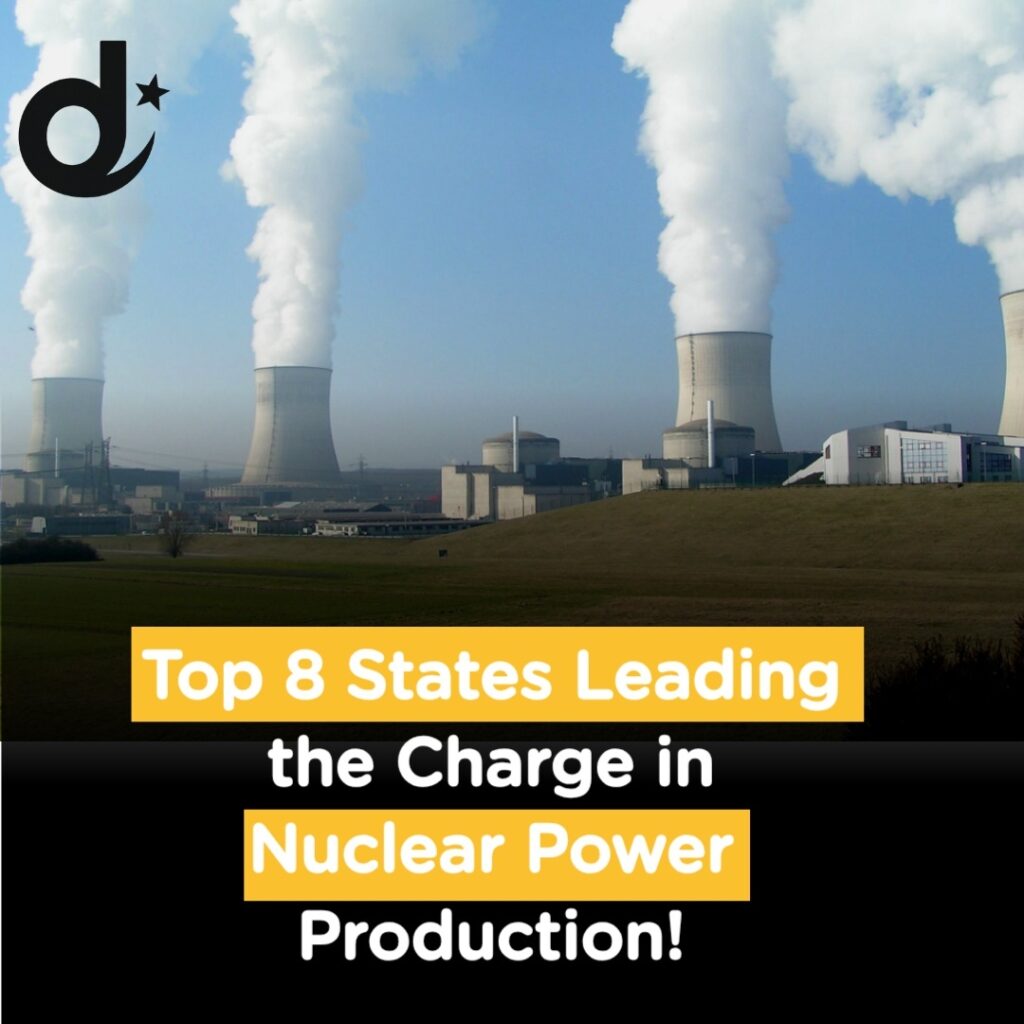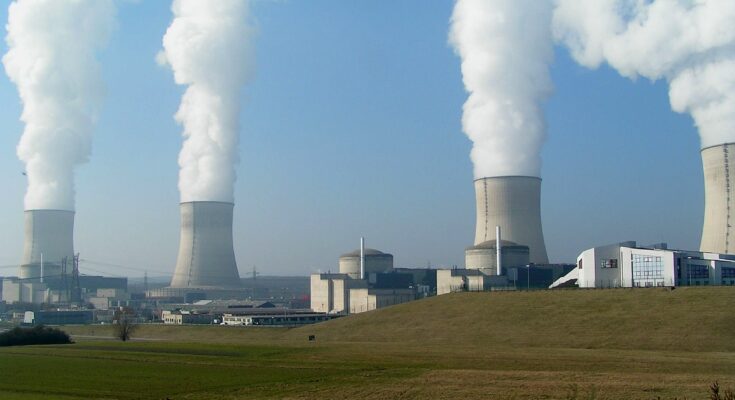
Nuclear power has long been a key player in America’s energy landscape, providing a steady, large-scale source of electricity without relying on fossil fuels. In 2023, nuclear energy continued to be the largest source of carbon-free power in the U.S., supplying about one-fifth of the country’s electricity. Despite the dominance of fossil fuels in U.S. energy production, nuclear power has remained crucial in reducing carbon emissions while meeting the country’s energy demands.
Why Nuclear Power Matters
Nuclear power offers a unique advantage in the energy sector. Unlike renewable sources like solar and wind, which depend on weather conditions, nuclear power provides consistent “baseload” energy that runs around the clock. This reliability is a major factor in its continued importance as it keeps the lights on, regardless of weather patterns or time of day.
The U.S. has seen an increased focus on nuclear power as part of efforts to combat climate change. In fact, nuclear energy helps offset the need for coal and natural gas, which are major contributors to greenhouse gas emissions. While the cost of building new nuclear plants can be high and public concerns about safety and waste management persist, nuclear power remains one of the best solutions for achieving a carbon-free energy future.
Nuclear Power’s Role in the U.S.
The history of nuclear energy in the United States dates back to the mid-20th century when the first commercial reactors were launched. Over the decades, nuclear power has grown to supply nearly 20% of U.S. electricity, a vital source that helps stabilize the power grid.
In 2023, nuclear energy was still the largest single source of carbon-free power in the country, despite fossil fuels making up 60% of the total electricity generation. Unlike renewables, nuclear plants provide constant power, which is essential for meeting energy needs in an increasingly digital world. For example, the growing demand for data centers—driven by companies like Meta, Google, and Amazon—has led to renewed interest in nuclear power, as these centers require massive amounts of energy to operate.
The U.S. Nuclear Power Renaissance
The nuclear industry is experiencing a renaissance, driven by technological advances and growing concerns over climate change. As the world becomes more reliant on electricity, particularly with the rise of AI and data centers, the demand for stable, low-carbon energy is only increasing.
Major tech companies are investing in nuclear energy as part of their efforts to power their operations in an environmentally friendly way. Meta, Google, and Amazon are just a few examples of companies that are looking to nuclear power to meet their massive energy needs. These companies, along with states eager to expand their nuclear capabilities, are helping to propel the U.S. nuclear industry into a new era.
States Dominating Nuclear Power Production
While nuclear power is generated in several U.S. states, a small group of states are responsible for the majority of the nation’s nuclear energy production. These states operate the largest share of America’s nuclear reactors, and they play a critical role in maintaining the country’s energy supply.
According to data from the Energy Information Administration (EIA) and Statista, here are the top 8 states leading the charge in nuclear power production:
- Illinois – With 11 reactors, Illinois produces more nuclear power than any other state in the country. The state is home to some of the oldest and most efficient nuclear plants, which have helped it maintain its position at the top.
- Pennsylvania – Pennsylvania operates 9 reactors and is second in the nation for nuclear power production. The state has been a nuclear energy hub for decades and continues to generate a significant portion of its electricity from nuclear energy.
- South Carolina – South Carolina generates a large portion of its electricity from nuclear power, with 7 reactors operating in the state. The state has seen a steady increase in nuclear energy production in recent years.
- Georgia – Georgia is home to two new nuclear reactors that were recently completed and are now operational. With these new plants in place, Georgia is poised to increase its nuclear energy output significantly.
- Michigan – With 4 reactors, Michigan ranks among the top producers of nuclear energy in the U.S. The state has long relied on nuclear power to meet its electricity needs.
- Ohio – Ohio operates several nuclear reactors and produces a significant portion of its electricity from nuclear energy. The state has historically been a major player in the nuclear power industry.
- Texas – While Texas is often associated with oil and natural gas, the state also generates a substantial amount of electricity from nuclear power. Texas operates 4 reactors, contributing to its diverse energy portfolio.
- Tennessee – Tennessee rounds out the top 8 states for nuclear power production. The state operates 3 reactors, and nuclear energy remains an important part of its overall energy mix.
The Challenges Facing Nuclear Power
Despite its importance, nuclear power faces several challenges. One of the biggest obstacles is the high cost of building new reactors. Nuclear plants are expensive to construct, and the permitting and regulatory processes can be lengthy and complex. This has made it difficult for new nuclear projects to gain traction in the U.S.
Additionally, public concern about nuclear safety, particularly in the wake of high-profile accidents like Three Mile Island and Fukushima, has led to resistance in some communities. There are also ongoing challenges related to the management of nuclear waste, which remains radioactive for thousands of years.
Despite these hurdles, nuclear power remains an essential component of America’s energy future. The potential for nuclear energy to provide large amounts of carbon-free electricity is unmatched by other sources, and with growing demand for electricity, the need for reliable, clean energy is only increasing.
Conclusion: A Bright Future for Nuclear Power
As the world continues to tackle climate change and seek sustainable energy solutions, nuclear power will play an increasingly vital role. With the help of technological advancements and investments from both the public and private sectors, nuclear energy has the potential to contribute significantly to a cleaner, more sustainable energy future.
These eight states are at the forefront of the nuclear power renaissance, generating the lion’s share of America’s carbon-free electricity. While challenges remain, the future of nuclear power looks bright, offering a reliable and powerful solution to meet the energy needs of a growing nation.



